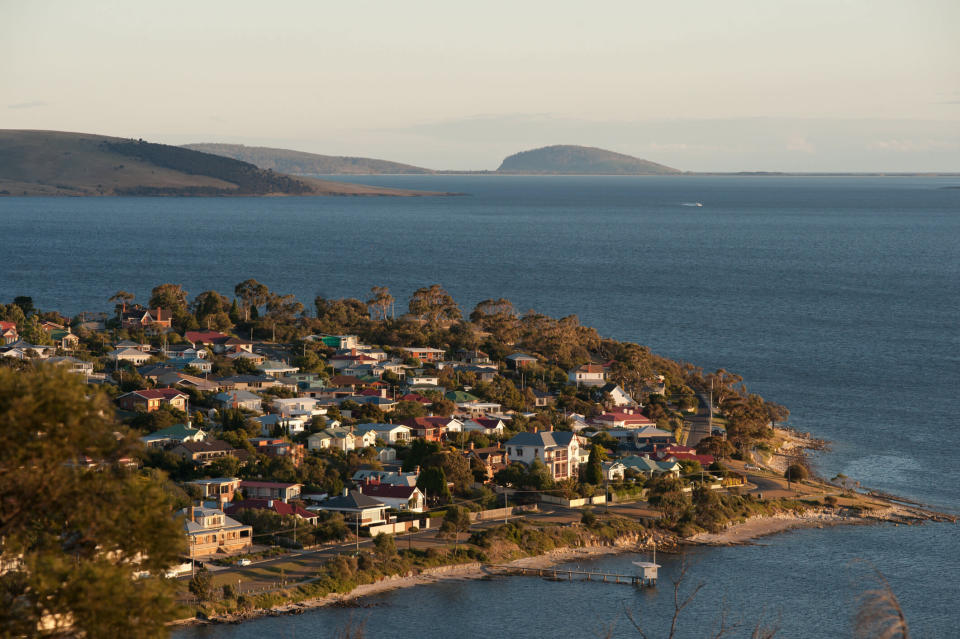What happened to Hobart’s property market?

In the midst of a sliding property downturn that has swept across most of the nation, one city seemed, for so long, to be impervious: Hobart.
But the dream run for the Tasmanian capital city has abruptly ended: In April, Hobart homes fell 0.9 per cent in value, representing its largest fall in years, according to CoreLogic analysis.
So how did it happen?
According to RiskWise Property Research CEO Doron Peleg, Tasmania’s “booming” housing market was set for a slow deceleration, and the market slowdown had “finally come to fruition”.
“We warned the excitement around Tasmania, and particularly Hobart, would be short-lived and now the risks are being realised, at least in the state’s capital,” he said.
Related story: Housing downturn claims another shock victim
Related story: Is 2019 the best time to buy property?
Related story: The winners and losers from negative gearing changes
Echoing Peleg’s comments, property expert and Yahoo Finance columnist Michael Yardney pointed out that buyer sentiment had constituted Hobart’s housing bubble.
“Over the last few years too many investors chased the Hobart ‘hot spot’ at a time when there was a lack of employment drivers, insufficient population growth and not enough infrastructure spending to sustain the strong capital growth the Hobart market enjoyed,” he said.
“Remember home buyers create a property market (they make up 70 per cent of buyers) and investors create property booms – which is what’s happened in Hobart.”
“But now investors have gone on strike – some are having difficulty obtaining finance. Others recognise Hobart has run its race.”
While Hobart has enjoyed a number of tailwinds since 2017 – such as improvements to employment conditions, low dwelling supply, low median prices, a tighter rental market and strong rental returns – Tasmania has nonetheless remained less affordable than other states and territories in terms of price-to-income ratio, Peleg said.
In particular, Tasmania’s low median weekly wage, low wage growth and high level of unemployment – 6.3 per cent, the second highest in Australia – had caught up.
In Hobart, a significant increase in dwelling prices in recent years, less affordable housing, decelerated price growth, fewer people turning up to open home inspections and fewer inquiries on listings, has impacted dwelling prices, Peleg explained.
“Houses became further out of reach due to Hobart’s low median household income, a higher price-to-income ratio, with the annual median income of only $57, 200 per household, the lowest in Australia.”
Less affordability means less demand, which will affect price growth, Peleg observed.
“Price growth is projected to significantly decelerate in 2019 and further into 2020, with some areas likely to deliver very low or negative capital growth.”
Yardney noted that these factors, along with investors who had moved onto the next ‘hot spot’, were further reasons why Hobart’s property price growth phase has passed its peak.
“Hobart is too small a market to be a long term ‘investment grade’ proposition,” he concluded.
Make your money work with Yahoo Finance’s daily newsletter. Sign up here and stay on top of the latest money, news and tech news.

 Yahoo Finance
Yahoo Finance 
